This is included because it makes me smile, and even though he’s nor directly mentioned because Mgr O’Bryen was there. Once again, it’s the Tablet coming up trumps…….
THE CARNIVAL
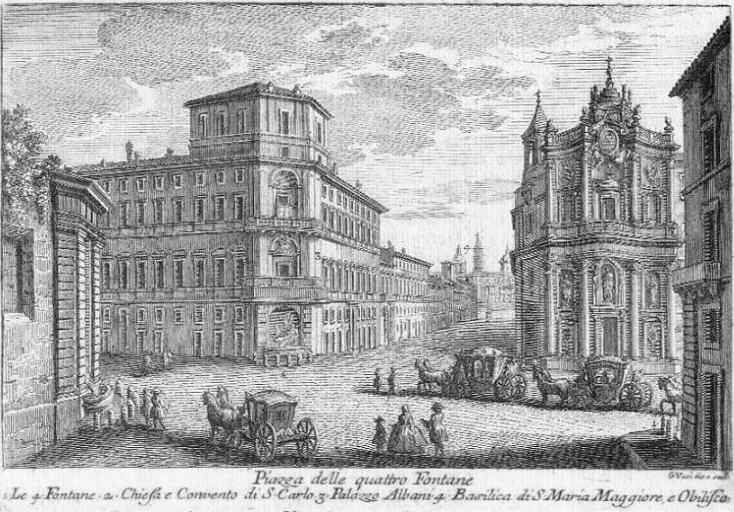
Few persons resident in Rome regret the termination of, the Carnival, except perhaps the very thoughtless and foolish who desire perpetual excitement. The extension of the Carnival on Sunday February 27th, to the Via Nazionale and Maccao was a novelty. Between the Via Quattro Fontane and the upper end of the Via Nazionale thirteen arches, each furnished with 120 jets of gas, were erected so as to form a tunnel of brilliant light ending in a large star of Italy. The cost of this gas illumination was 200 lire per hour.
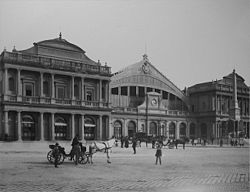
The façade of the railway station was splendidly illuminated, and the Piazza dell’ Independenza was a garden of coloured lanterns. The procession of carriages in the Via Nazionale was a fiasco, and the line of rails for the trams (which were, of course, stopped for the time) was an evident nuisance. The throwing of cauliflowers or cabbages, for such were many of the so-called bouquets of flowers, was more violent than usual, in spite of a notification to the public that violent throwing either of confetti or flowers was an offence punishable by the Questura.
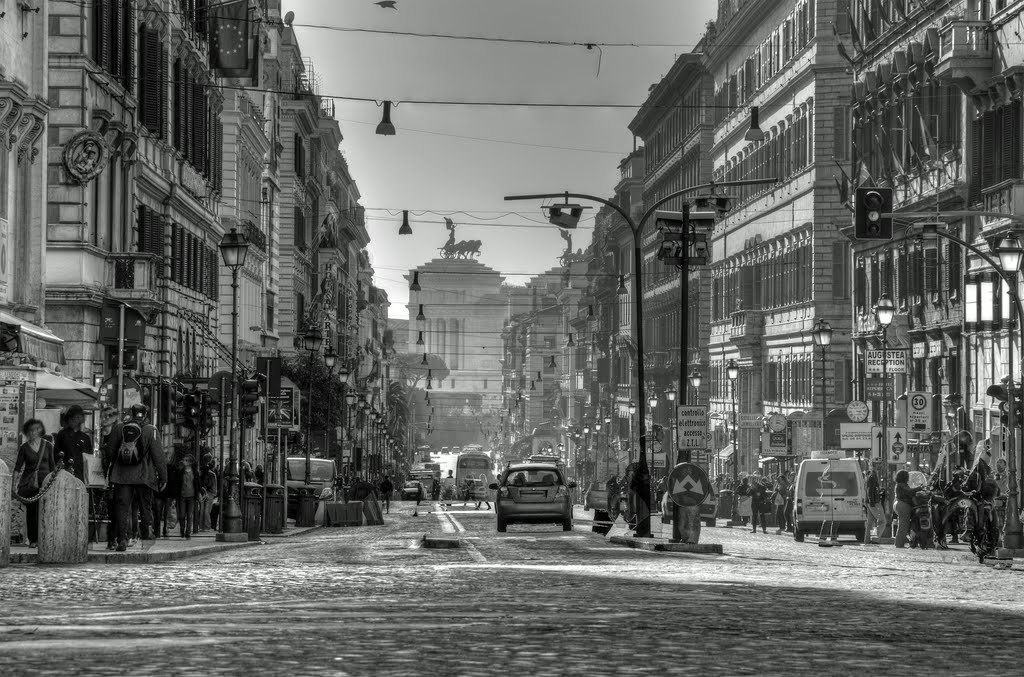
Five persons were wounded in the Via Nazionale on that Sunday, not reckoning the contusions and lacerations inflicted on the eight or ten persons flung down by the horses of the Duca di Fiano. The last day of the Carnival was somewhat wet. During the previous night heavy showers of rain fell and reduced the Corso to a lane of mud. The afternoon cleared up and there was nothing to prevent the moccolletti, and the cremation of Father Carnival, whose wife, to judge by her tottering steps guided by a pair of stalwart supporters, seemed to feel deeply the fate of her spouse. The cremation of Corso Forzoso, represented by a sarcophagus containing paper money, excited much applause. Lanterns of various colours, labelled twenty franc pieces, were carried round in triumph.
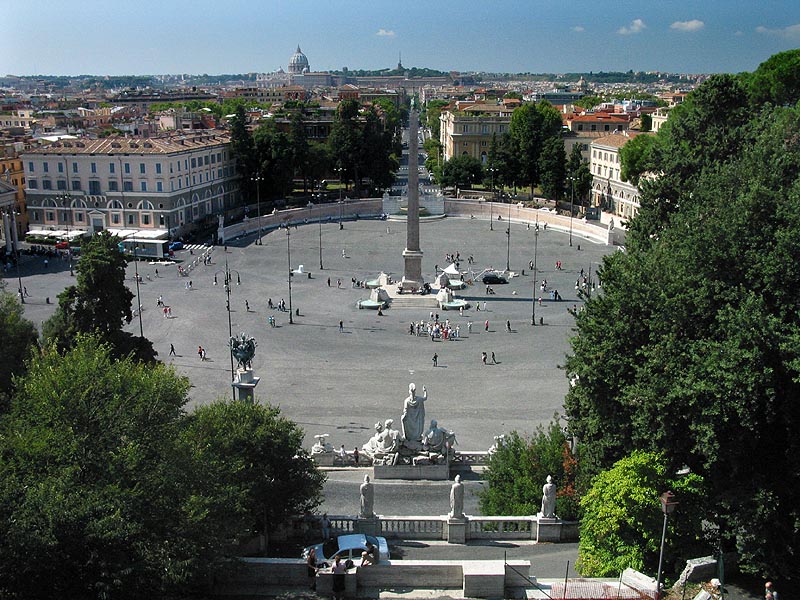
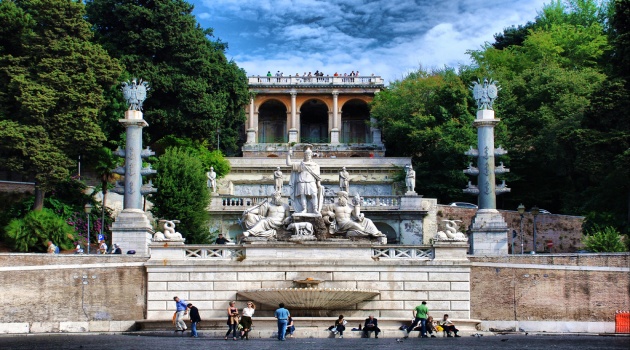
The Pincio was at the same time illuminated. The theatres, especially the Costanzi, which were turned into dancing saloons, were crowded to excess, and were kept open almost all-night. The pawn offices were in great request, more articles being put in pledge in the Carnival week than during the three previous months.